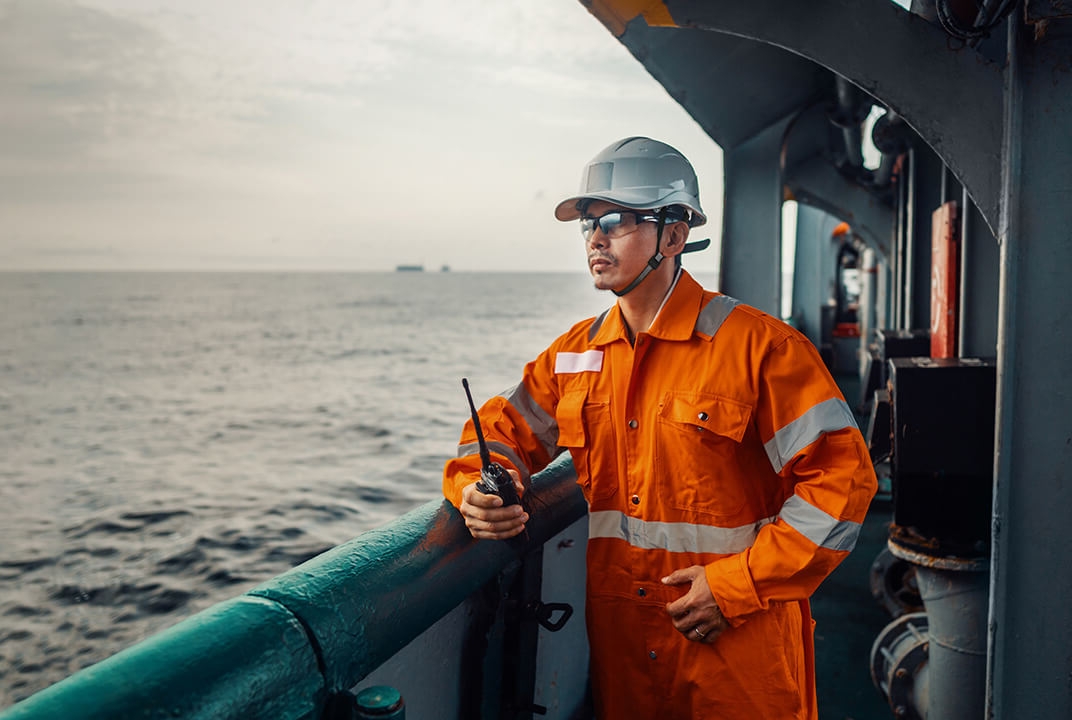Insight | Welfare 2.0 Report
Welfare 2.0: How can the next generation of technology enable better crew safety, health and wellbeing at sea?
null
Globally, the ship management software market is worth $3.8 billion a year and start-ups and SMEs founded since 2010 have raised $280m in venture funding. This drive to digitalise the waters has created a platform for ship owners to improve operational efficiency and streamline fleet management. But little has been documented on the impact of technology on the health, well-being and safety of the crew onboard.
Is technology bridging the gap between health and safety? Is the industry investing enough in relevant technology to aid the wellbeing of seafarers? Is technology the only option for welfare improvement? Written by consultancy Thetius and sponsored by Inmarsat, “Welfare 2.0: How can the next generation of technology enable better crew safety, health and wellbeing at sea?” provides an in-depth assessment on the health and safety of the global seafaring community.
Key findings:
Safety and emergency response
Are accidents onboard caused by human error or underlying issues in policy, practice and technology? How do our brains build our perception of risk? Can technology and data calculate and predict risk at sea? Can we detect and respond to stress, fatigue and accidents earlier? We examine the role of data in overcoming shortcomings in our ability to prevent accidents.
Mental, social and physical wellbeing
Seafarers who are depressed or suffering from anxiety are twice as likely to get injured or suffer from another illness while onboard when compared with those who are not. Left unchecked, poor mental and physical health in the seafaring population is as much a safety problem as it is a welfare problem. We take an in-depth look at factors contributing to wellbeing – is technology a solution to the problem or an enabler of mental, social and physical stress?
Training and professional development
The seafaring profession is constantly developing with evolving standards in training, qualifications and educational competencies. We take a deep dive into the world of remote learning. Does virtual reality and digital certification have a part to play in a largely transient global workforce?
Welfare technology market
Globally, the workplace wellness market was worth $48 billion in 2018, a growing trend that has led a new business philosophy focused on improving the health and wellbeing of employees. However, only a handful of solutions have been developed to support the specific needs of those working at sea. Why can’t we harness the growth of the wellness market from other sectors? We place a spotlight on current technology-based solutions and ask what is holding the maritime industry back in investing in technology to support welfare at sea.
Download the report
- Size
- 1 MB


